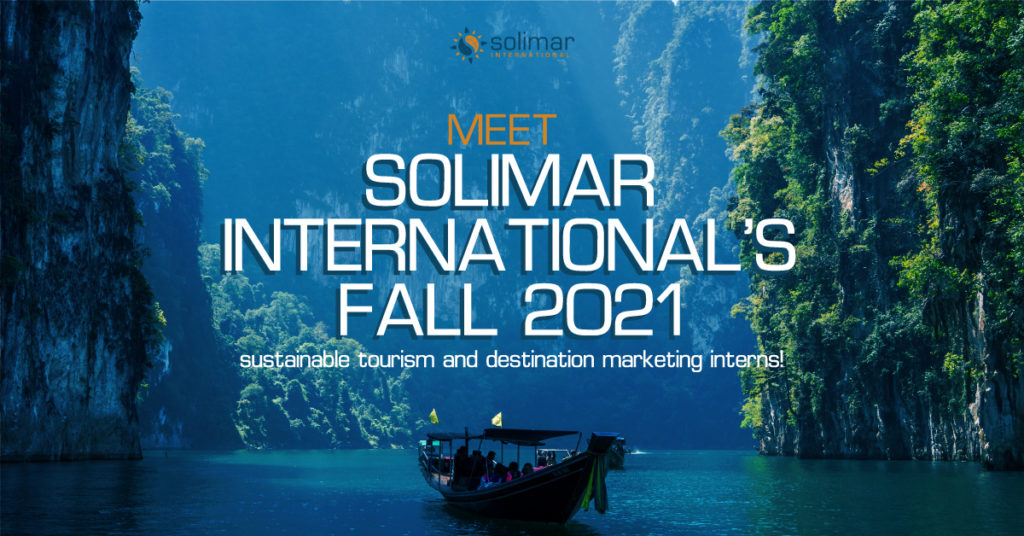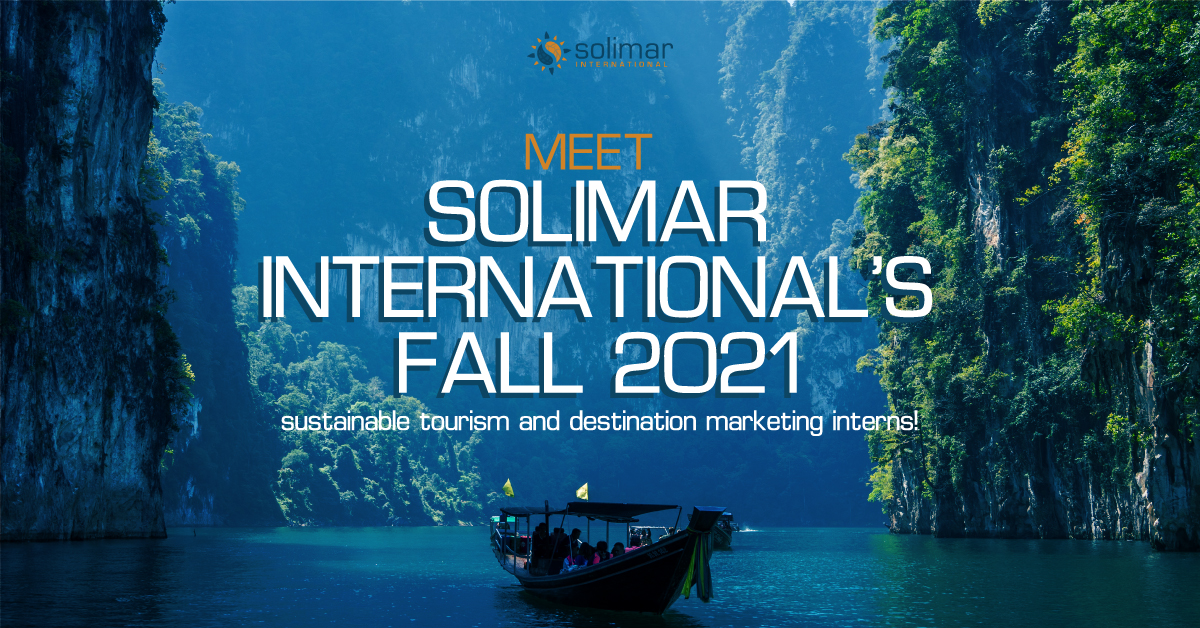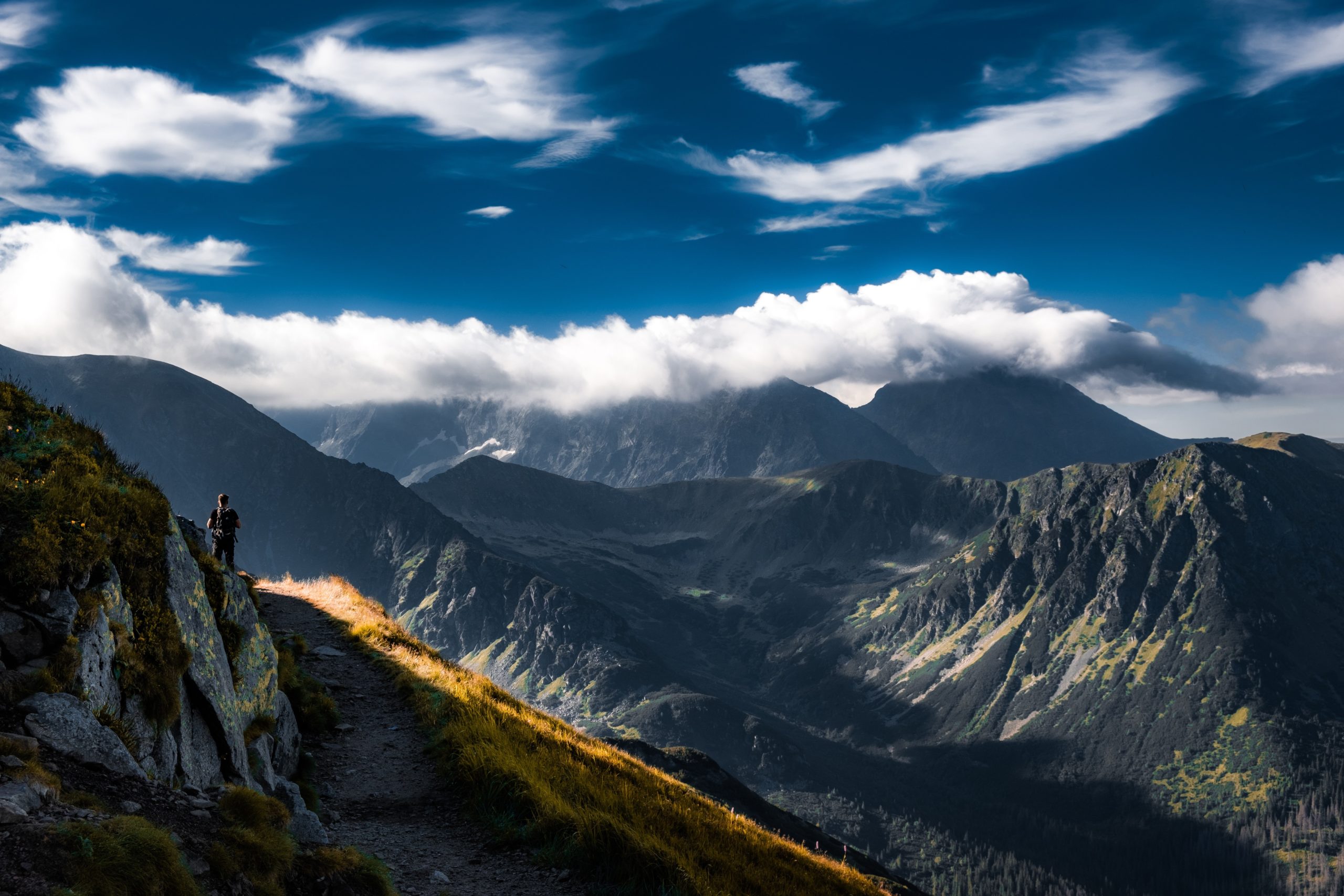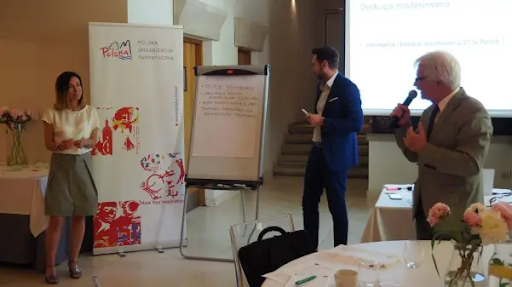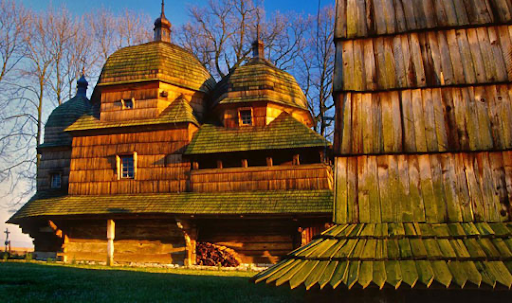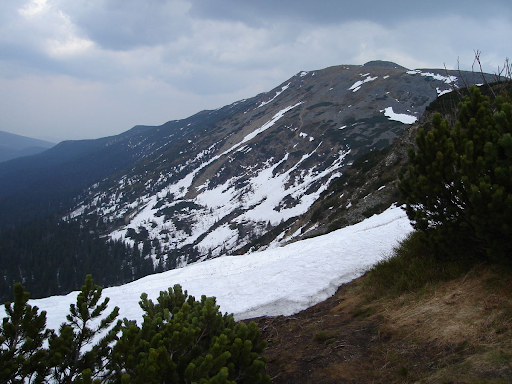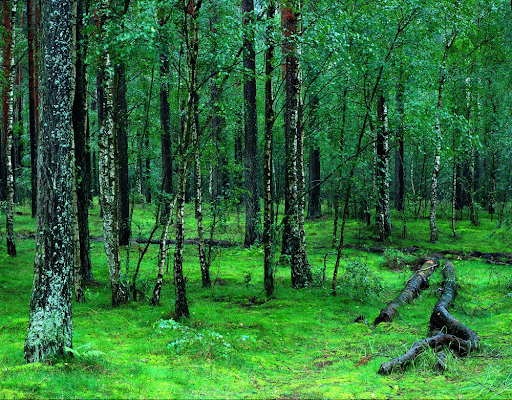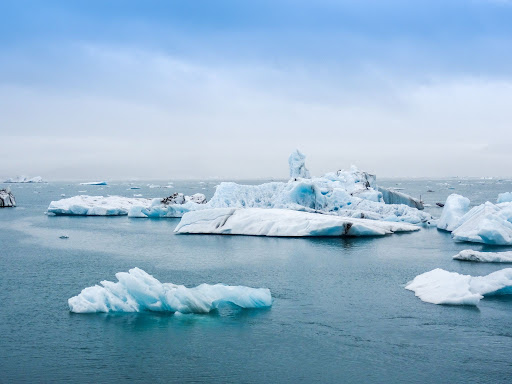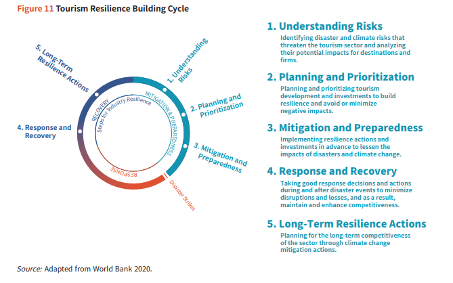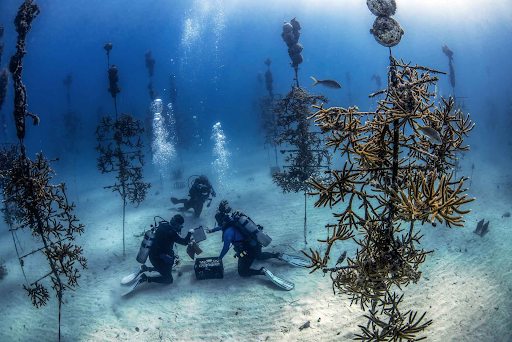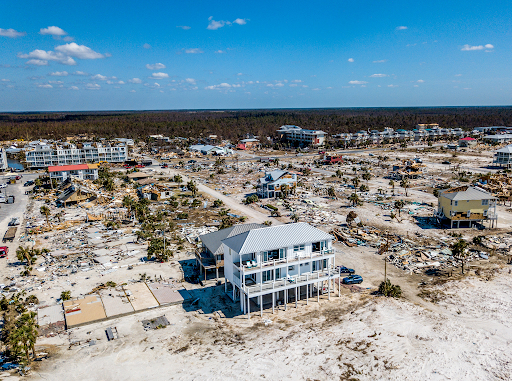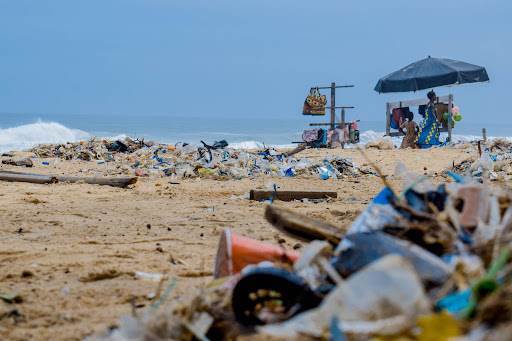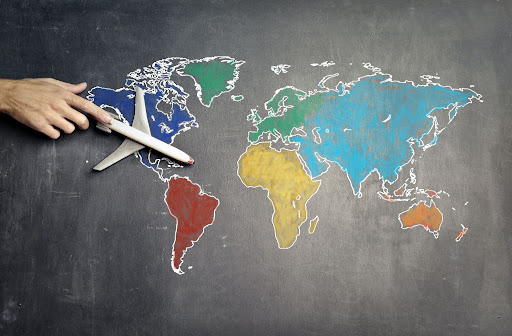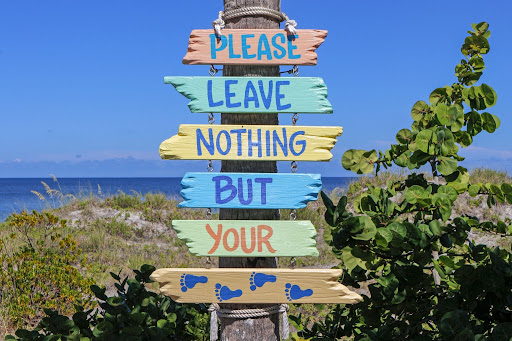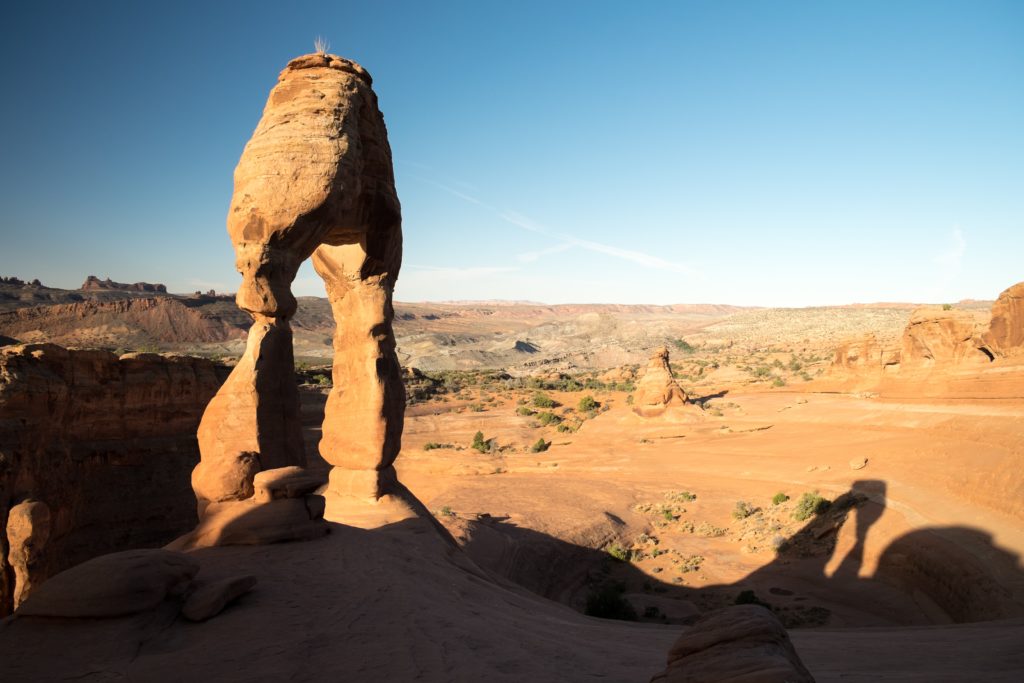Meet the future of the Sustainable Tourism Industry
Solimar currently has a record number of projects – 22 – spanning the world from Armenia to Guyana to Timor-Leste. Three times per year, we run a virtual internship program, connecting with talented young professionals with a passion for sustainable tourism, conservation, and international development. This program is designed to give young professionals real-world experience to give them insight in our industry. Through blog writing, translation, research and graphic design, they meaningfully contribute to our work. Each semester, we receive dozens of applications. Through a rigorous selection process analyzing each individual’s unique talents and passions, we finalize a cohort. Eighteen diverse interns living in seven countries were selected to join Solimar’s Fall 2021 sustainable tourism internship cohort.
Meet our fall 2021 sustainable tourism interns:
Jonathan Atari has traveled and lived in different countries around the globe for several years, occasionally in not yet-well-known locations, experiencing them in unique ways. Through traveling, he believes, one learns to appreciate the diversity within our society, and discovers meaningful connections to people and landscapes alike. He recently graduated from Ben Gurion university, Israel, with a bachelor in Sociology-Anthropology and African Studies, awarded with several excellence prizes. Currently, he lives in Austria with his partner and 2 kids. Alongside his studies he worked as a research assistant in Birthright groups, responsible for gathering empirical data from the participants and evaluating the tour operators, as well as a photographer. Previously he worked in hospitality at Refuge de l’Oule, located amid the French Pyrenees. He sees in-depth context-aware research crucial to creating sustainable solutions in the tourism industry. Next year he aims to start a European master’s degree in tourism development and culture on his path to becoming a responsible tourism practitioner.

Cate Enrooth is a first year graduate student at the Truman School of Government and Public Affairs at the University of Missouri where she is focusing on environmental policy. She graduated from the University of Missouri last Spring with her B.A. in Journalism with an emphasis in Strategic Communication and a minor in Business. Cate is passionate about the environment and is excited to learn more about the sustainable tourism industry through Solimar International.

Yassmine Esteitie graduated with a Bachelor’s degree in Landscape Architecture and later went on to pursue her MBA at the American University of Beirut. She worked on a joint venture with UNDP and ENPI on a Landscape Character and Risk Assessment project, where she engaged with stakeholders and held training seminars in sustainable land assessment. Later on, she joined Dar Al Handasah, a global engineering consultancy firm, as a landscape architect. At the firm, she was involved in developing concepts, implementing sustainable strategies, and enforcing landscape architecture principles through place-making. She is heavily involved in the conceptual side of projects as she is the Creative Lead for infographics and story-telling. As she is passionate about the environment and sustainability, Yassmine is certified as a LEED GA (Leadership in Energy and Environmental Design Green Associate) and SITES AP (Sustainable Sites Accredited Professional) by USGBC. Yassmine serves as our graphic design intern, assisting all of our projects with quality design.

Originally from Southern California, Stephanie Gerson loved the sun but not the smog so left for college to beautiful Monterey. She received her Bachelors in Global Studies and a minor in Business as well as studied abroad in Rome, Italy. After college she stayed in Monterey to work in the hospitality industry, eventually becoming assistant manager at the local hostel. This experience led her to partner with the local DMO and city tourism office and where she learned the importance of community based tourism and sustainable tourism. At this time, she married a Marine who took her to Sierra Vista, AZ where her career path was put on pause but travels began. During this time she traveled to more than 20 states, 9 countries, and extensively over the SouthWest over a 3 year period. In addition to her travels, she still found time to sit on the spouse’s club board, as well as get a Certificate in Nonprofit Management and Grant Writing. From the desert, she went to North Carolina where she worked for AAA as a Travel Agent, giving her a different look at tourism sales. Presently, she is in Stuttgart, Germany with her husband and two young children where she is on the board of a military non-profit and volunteers for the Military Spouses Chamber of Commerce. She also recently received a Certificate of Sustainable Tourism Management through GWU, with the intent to move into the tourism planning and consulting field.

Daniel Segura is an undergraduate student at Virginia Polytechnic Institute and State University studying Environmental Policy and Planning, and working towards a master’s in Urban and Regional Planning. Traveling the world and experiencing new cultures was something that was greatly emphasized to him as a child since his parents were first-generation immigrants, and weren’t afforded those same opportunities growing up. He hopes that this experience will add to his team-oriented abilities and show him a different aspect of creating a sustainable life. Eventually, he hopes to use the specialized knowledge he gains here in an urban land planning/management career.

Zane Hartog is currently a first-year graduate student at University of Maryland’s School of Public Policy focusing on International Security and Economic Policy. Originally from Vero Beach, Florida, Zane has accumulated a wealth of experience studying and working with NGO development and sustainability in Central America and the Caucasus region. He served as a TEFL teacher and Community Development liaison with the United States Peace Corps in Vanadzor, Armenia. There, Zane assisted local agencies in promoting international tourism, stakeholder empowerment, and product expansion. He believes sustainable tourism practices and management have the ability to transform communities and visitors alike. In his free time, Zane enjoys hiking, blending teas, and playing disc golf.

Kevin Lewicki is a master’s student in the Sustainable Tourism program at Arizona State University. He grew up in Phoenix, Arizona in a family that greatly emphasized the importance of travel and discovering the United States and the rest of the world. This passion has led him to study tourism in his undergrad where he gained the opportunity to speak at the UNWTO Conference in Montego Bay discussing security concerns with North Korean tourism. Kevin has worked at Walt Disney World, event technology companies, and for the biggest franchise-based hospitality company in the United States. Kevin utilizes his knowledge of instructional design to help facilitate learning in the technology field and hopes that his passion for travel and his passion for teaching can one day combine to help provide solutions in sustainable development for destinations across the world. In his free time you can find Kevin playing music, hiking and rock climbing, or enjoying a relaxing evening of tea and The Sopranos with his wife Caroline.

Cameron Hawthorn recently graduated from the University of Aberdeen with a MA in Geography. As part of the degree, he carried out research into sustainability and the implementation of sustainable forms of transport in Scottish cities. He has a passion for travel, alongside learning and experiencing new cultures and has travelled across mainland Europe as well as within Australia and New Zealand. Cameron also spent a semester abroad studying in Wisconsin and has travelled down the East and West coast of America. His strong interest in sustainability and travel drew him to Solimar International and he believes it is the perfect place to learn and develop real-world experience in sustainable tourism.

Lelie is originally from Palangkaraya, Central Kalimantan, Indonesia. She is specifically described as hard-working and passionate about Sustainable Tourism Development, both for the technical strategic planning and implementation. Long time before graduating with her master’s from Tourism Studies-Gadjah Mada University in 2018, she joined the tourism industry in 2013. Over the past 8 years, her experiences working with various international companies gained her technical skill to be able to work in various cases, especially in Inter Island Development, Community Empowerment, Local Product Development, Vocational School, Sustainable Tourism Observatory, and industry partnership, and Policy Framework for Sustainable Tourism Development. Lelie is used to work in a supply-demand approach which also covers each level of planning design, including assessment for the existing condition of destination, key-stakeholder mapping, travel pattern, potential private partnership assessment, destination assessment, demand survey, key-stakeholder engagement. Also, the most important one is monitoring evaluation for the implementation.

Justin Waller, also known as Ano, currently attends North Carolina Agricultural and Technical State University, studying Sustainable Land and Food Systems with a concentration in Urban and Community Horticulture. They had the privilege of studying abroad in Central America with CIEE. In Mérida, Mexico he studied Spanish and the Mayan language. They also studied native bonatics at CICY. Their favorite pastimes when staying in Mérida are visiting ancient ruins and swimming in the abundant cénotes. In Monteverde, Costa Rica he spent time researching soil ecology and enjoyed many ventures in the biodiverse Rainforest. Other endeavors include interning with a local urban farm facilitated by OFTGP, Greensboro’s largest nonprofit organization. In the summer of 2021, he interned as a research assistant for North Carolina A&T’s Extension Program. There they cultivated over a dozen varieties of summer crops in high tunnels. As well as conducted extensive Ginger and Black Cohosh cultivar trials. He has a passion for botany, mediation, and herbalism. Pura Vida!

Damian Hanshew is an undergrad at American University that is currently studying International Business. With a patriotic Polish upbringing spearheaded by his mother, cultural and social values were embedded into him at a very young age. As Damian goes through his undergrad, he is attempting to bring as much experience as possible within the growing and competitive field of business. Finding a way to fit himself into any workspace and do the job accordingly, Damian is also attempting to become as well-rounded of a member of Solimar International and to use the knowledge garnered here to further develop his Jack-Of-All-Trades skill set. As long as Damian understands what to do, it will be done!

Hayden Hamilton is an undergrad student at the University of North Texas. With a major in Integrative Studies, he ties together the disciplines of geography, communications, and marketing to try and marry his people-oriented skills with geospatial information. Growing up in Houston, and later moving to Dallas, he understands the pitfalls of suburban living and overdevelopment. He hopes in working with Solimar, he can help more people escape the norm and discover health and wellness in natural places. Outside of his classes, he enjoys hiking, reading, and making music. Of course all these can easily fall by the wayside when he’s challenged to a game of pickleball.

My name is Zikret Hatić, I was born on November 25, 2000. in Sarajevo, where I still live today. I am currently a third year student at the Faculty of Natural Science and Mathematich in Sarajevo, Department of Geography, direction of Tourism and Environmental Protection. The high school that I finished is Gazi Husrev-beg’s medresa, elementary school is Hamdija Kreševljaković. I have been working part-time for 5 years as an Imam, where I gained a lot of experience in working with people. I am a very communicative person, I love teamwork and I have very good expressed organizational skills. I like to fulfill all my obligations before the deadline. I really like nature, meeting new people, reading books.

Lana Novalić is a third year student at the Faculty of Sciences at the Tourism and Protection of the Environment Department, in Sarajevo, Bosnia and Herzegovina. She developed passion for travel from a very young age, since her parents are also passionate world explorers. Because of her love and interest in exploring the world, different cultures and people she decided to turn her academic and professional path in that direction. Along side her studies, she previously worked as a tourism and environment journalist on a website called ”BH putovanja” where she wrote articles mostly about interesting touristic places in Bosnia and Herzegovina. Currently, she is attending the UNWTO Quest training program serving as an intern who is helping DMO development together with Solimar and USAID.

My name is Almaida Mizić. I am currently on a second year of studying modern tourism practices at the Faculty of Tourism in Brežice, Slovenia. I went to a professionally oriented high school for tourism in Bosnia & Herzegovina, and decided to continue my journey down that path. I am very glad I did because tourism is connected to so many things that I enjoy, such as geography, history, culture, heritage and languages. By studying in another country, I was able to get another perspective on the tourism situation in my country and I hope one day I will get to bring all that knowledge back to my people and country. I am very glad that I got this internship opportunity and I would love to get as many experiences I can, because in my opinion, that is the best payment one could get.

My name is Sara Breko and I am currently attending my last year of Business and Management at the University of Sarajevo. During my high school studies at IB Middle Years and Diploma Program, I went on a trimester cultural exchange in Italy, organized by the American Field Service (AFS). I recognize this experience as fundamental to the construction of my wellbeing as an open-minded, pro-active, and curious person, as well as fostering a deep appreciation of cross-cultural cooperation. I am very passionate about culture, natural resources, my home country, Bosnia and Herzegovina. I also have a high interest in my academic field. While a part of Solimar’s internship cohort, I look forward to networking which can open doors and allow me to combine two areas of study I am interested in. I consider myself to be a fast learner as well as a very organized person able to execute critical thinking skills.

My name is Majra Hasanic. I am 22 years old. I am in the third year of Management and Information Technology at International Burch University. Recently, I finished two internships. The first was with the company Storsen. There, I worked as a data entry intern. The second internship was at the Addiko Bank. My hobbies include listening to music and partaking in sport, especially volleyball. In my free time, I like to learn new languages, read books, or learn something new (IT courses). Today, I am working on the USAID project in tourism with Solimar International.

Armin is from Sarajevo, Bosnia and Herzegovina. He is a geographer and aspiring tourism specialist. He is a master’s student in Tourism and Environmental Protection at the Faculty of Science, University of Sarajevo. Armin’s desire to expand his knowledge, polish existing and gain new skills, and apply theoretical background in practice resulted in him taking part in several valuable internships. In the future, through his work, he would like to contribute to the tourism industry in achieving resilience, responsibility, and sustainability. His main areas of interest are tourism impacts, product development, tourism planning and policies, sustainable tourism development, destination management and marketing. Armin is also passionate about history, heritage conservation, and the implementation of renewable energy sources in urban and rural development. One of his goals is to pursue a second master’s degree, as well as to become proficient in at least four languages.

Please join us in welcoming our Fall 2021 sustainable tourism interns!
We are currently accepting internship applications for the next cohort. Find out how you can join our next group of talented interns.
